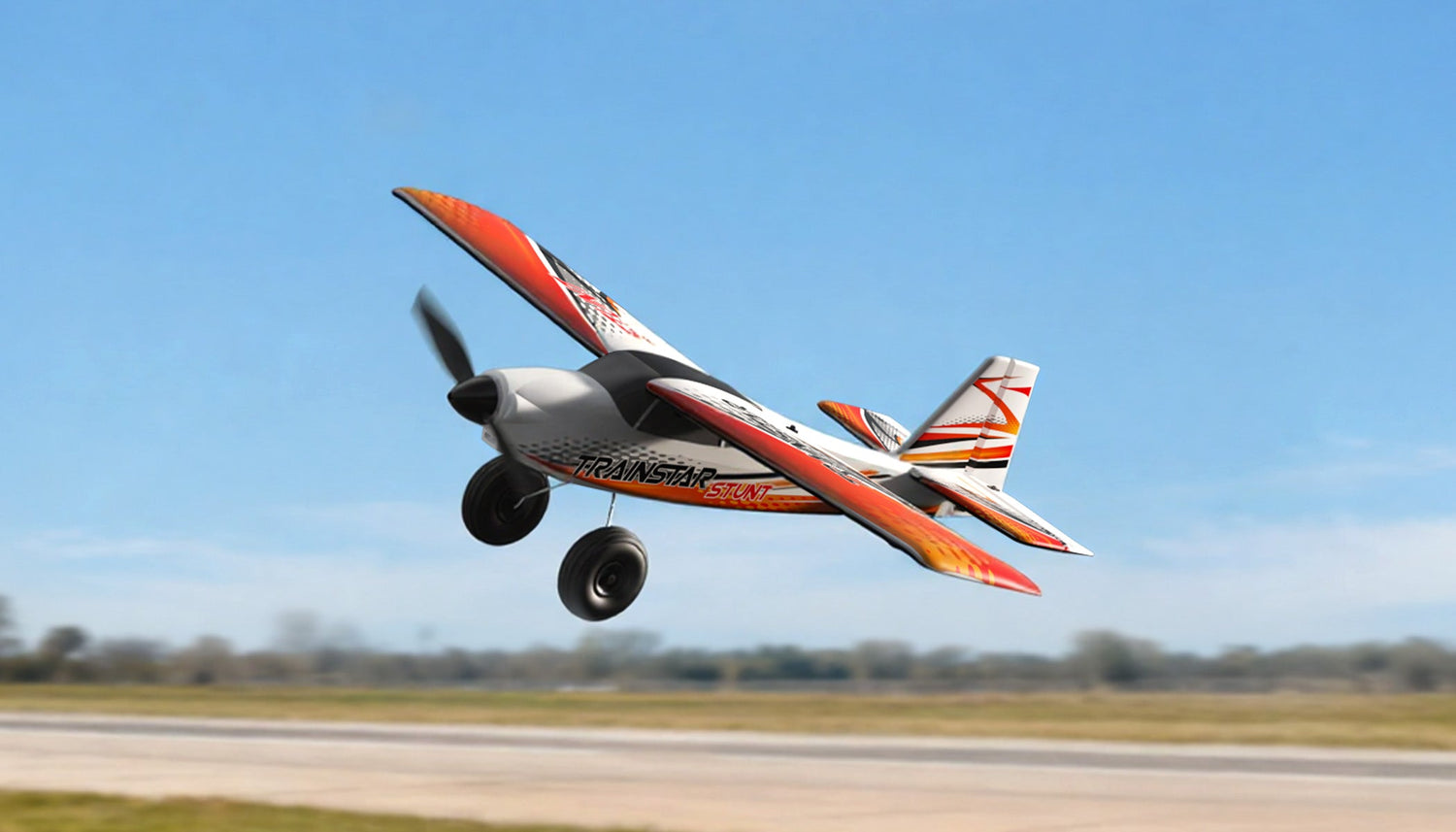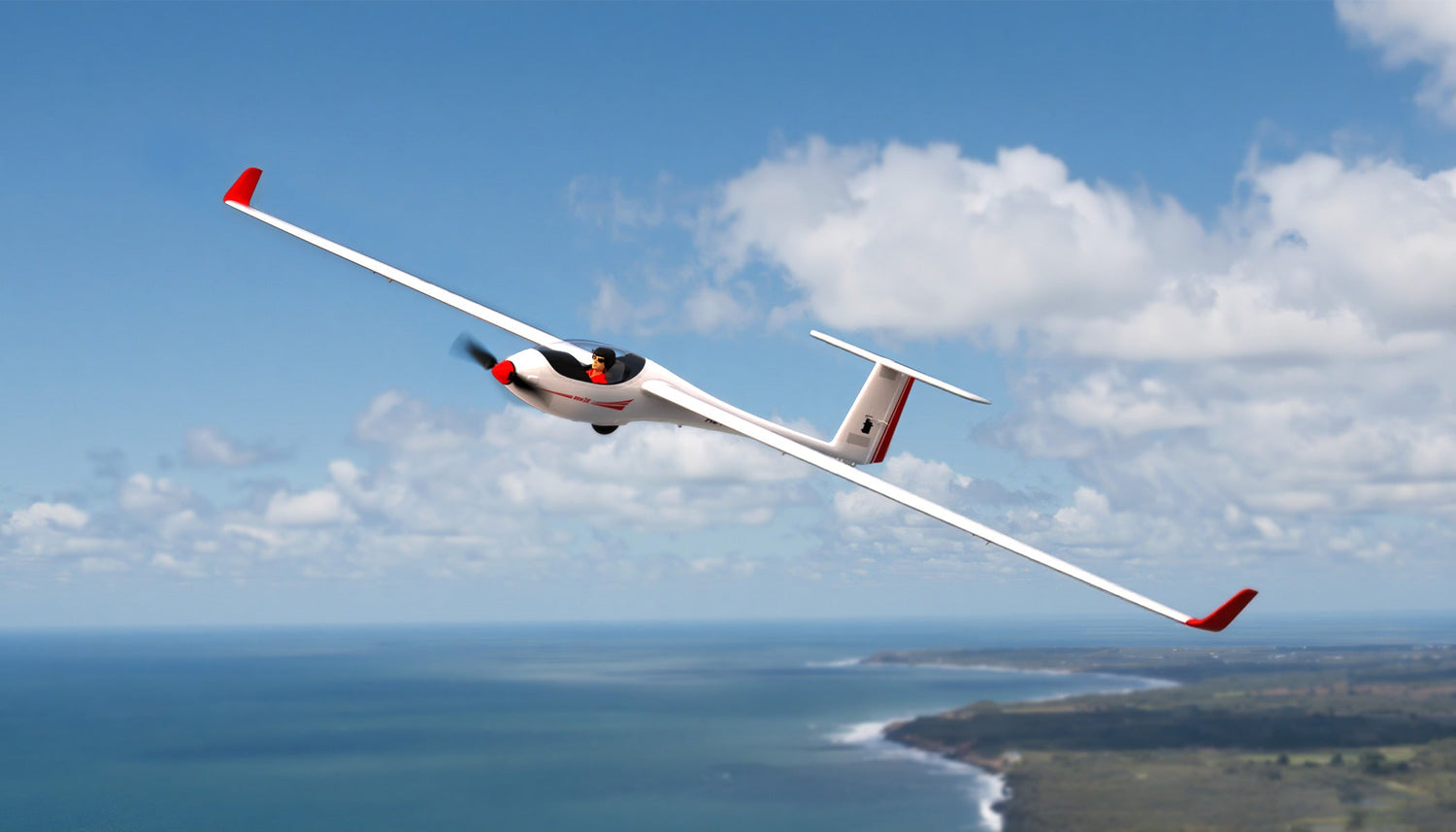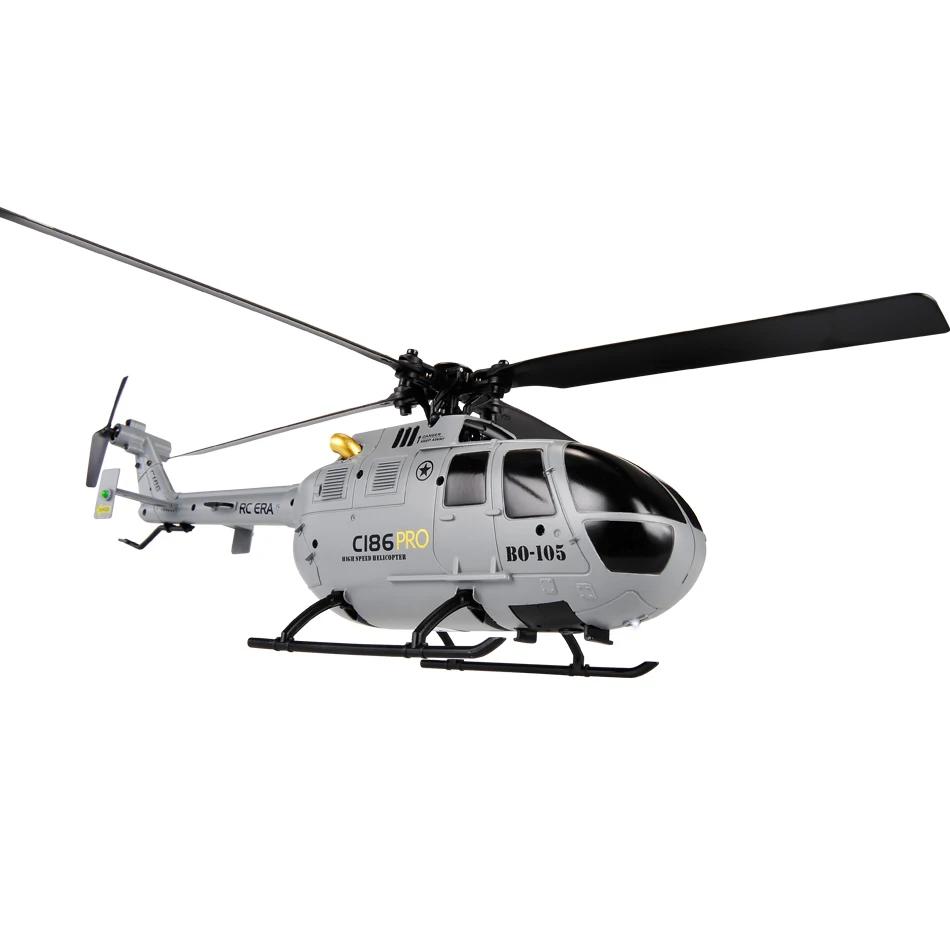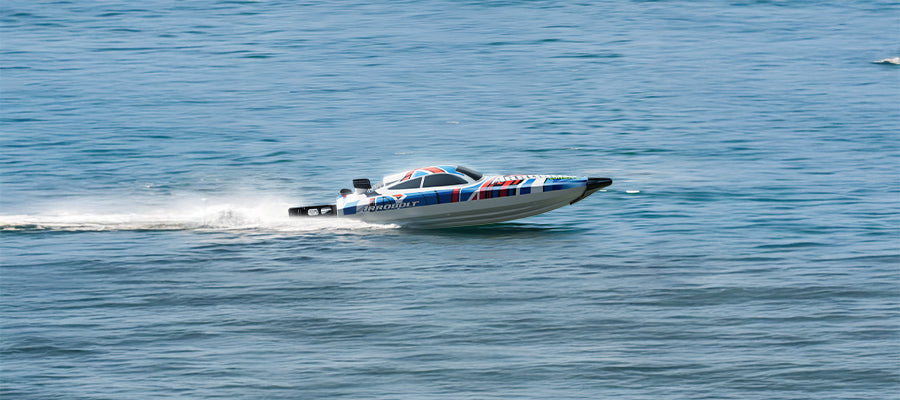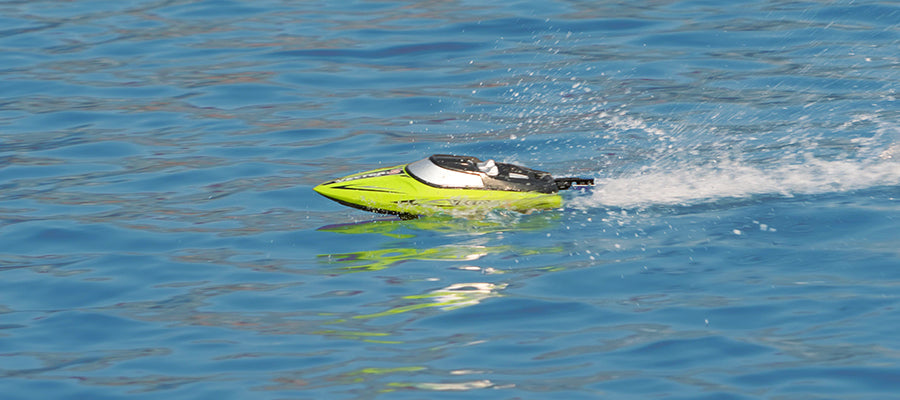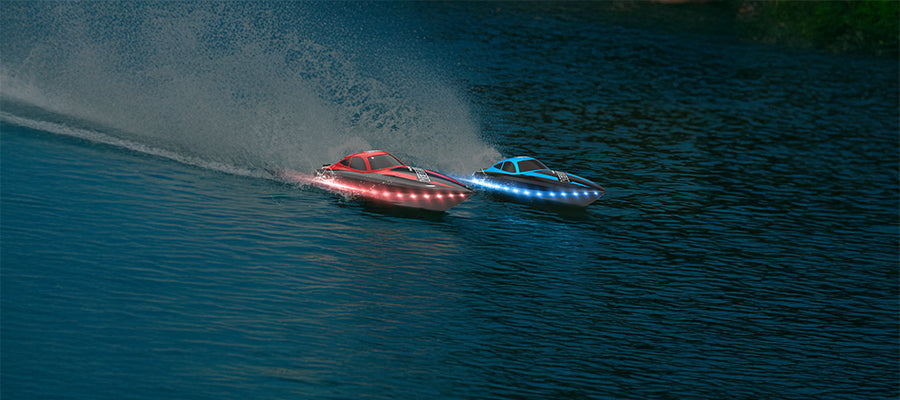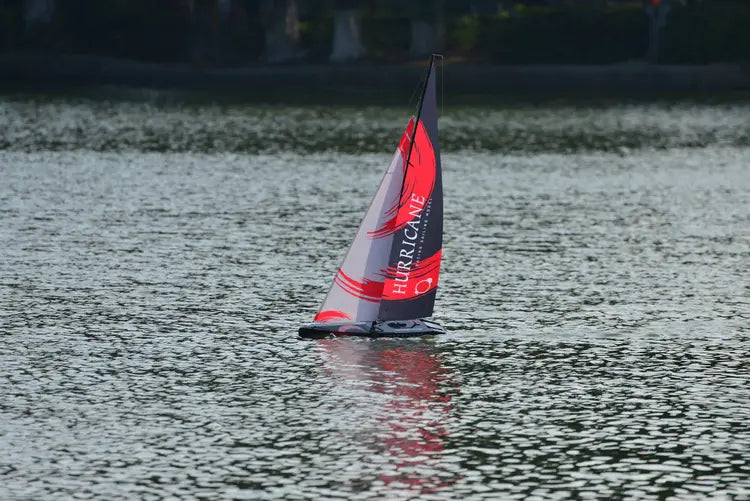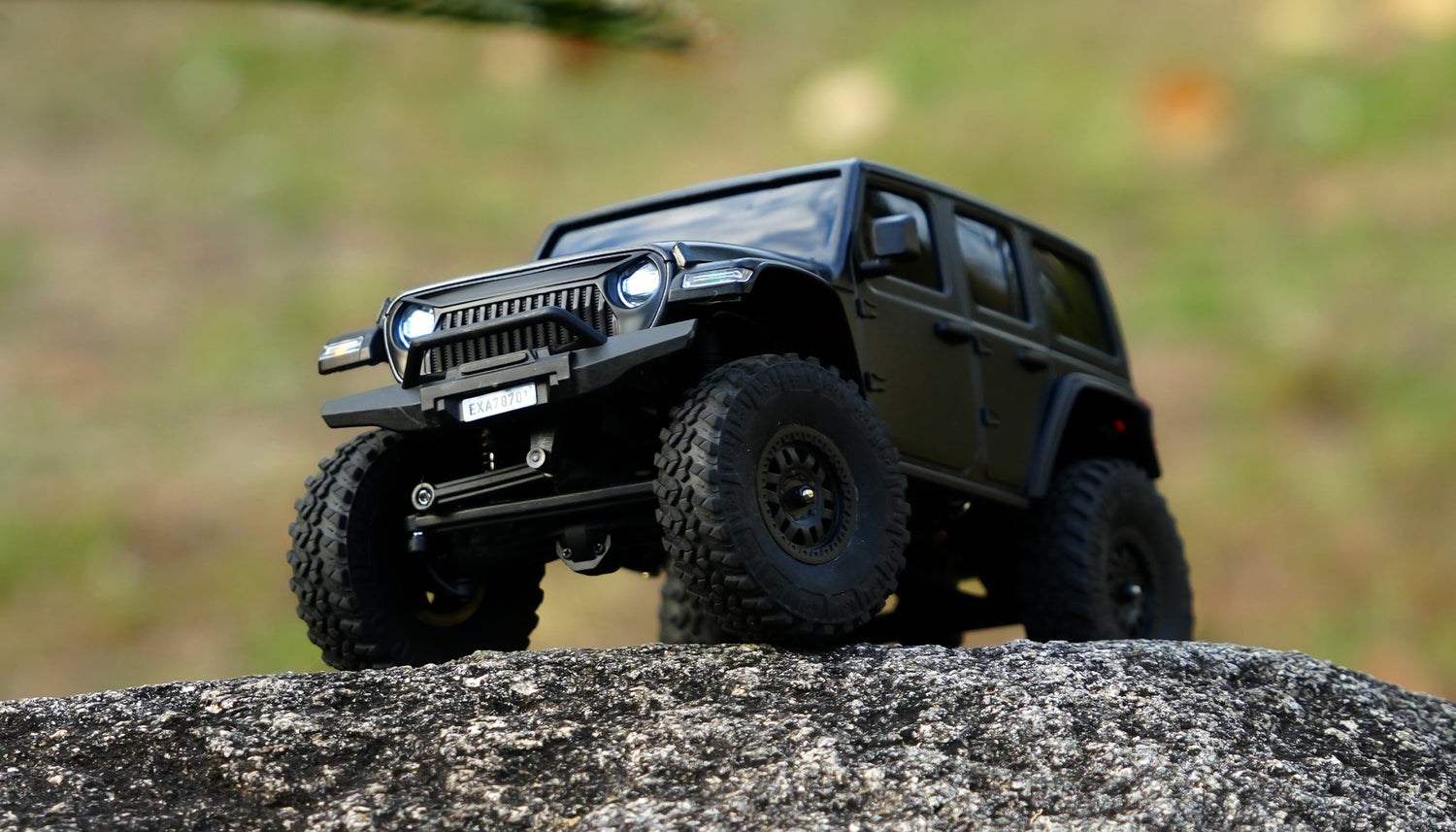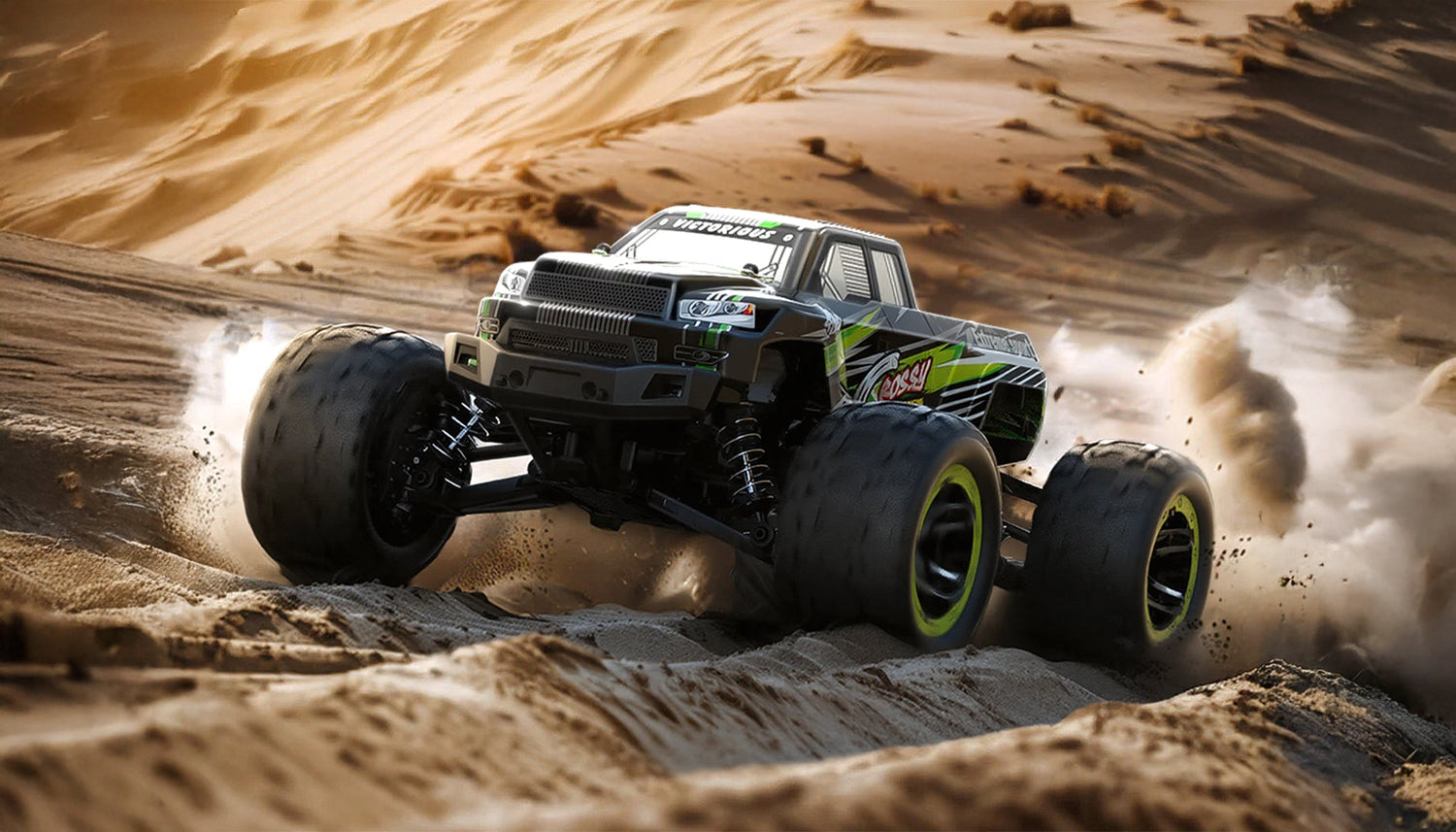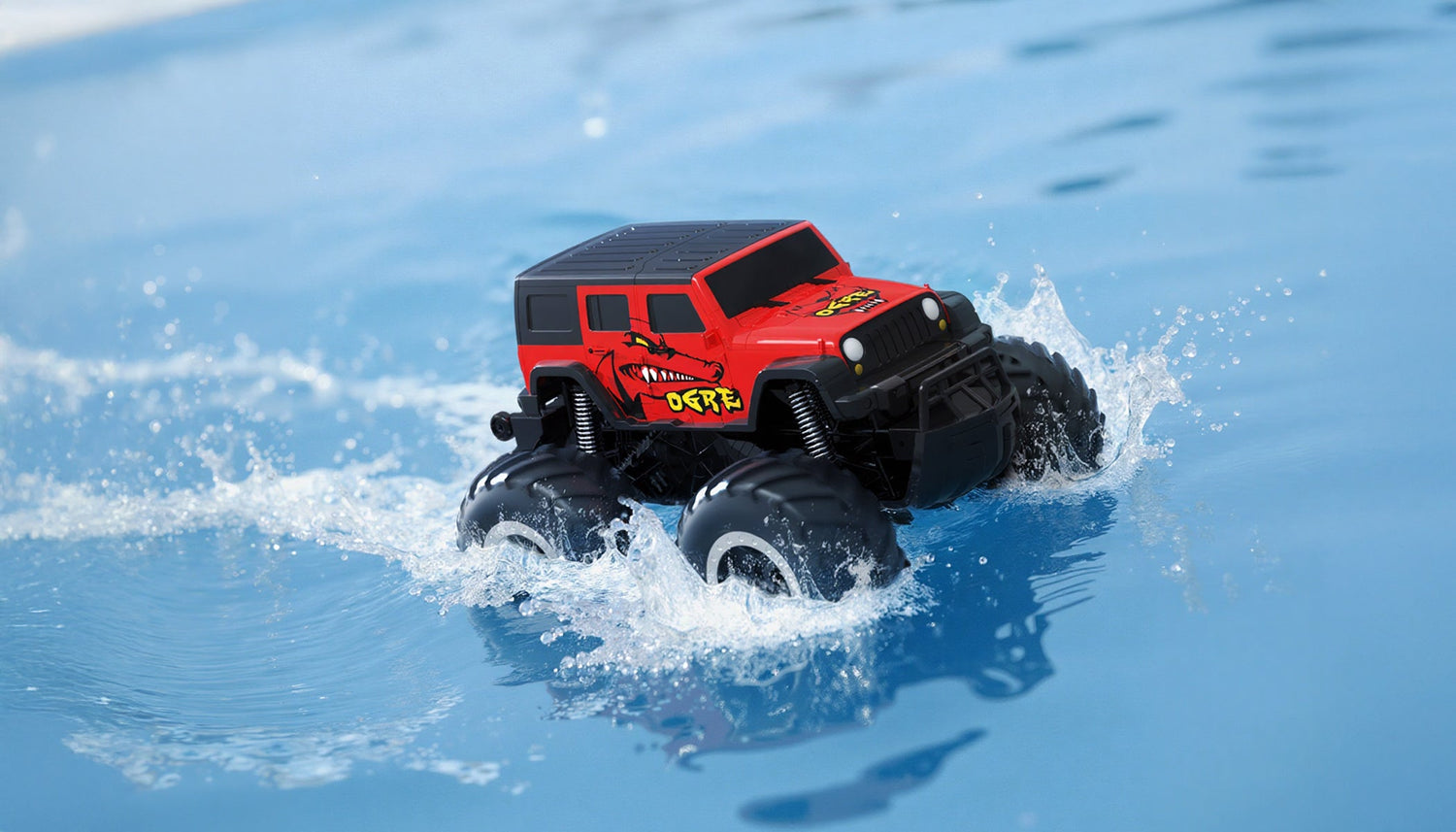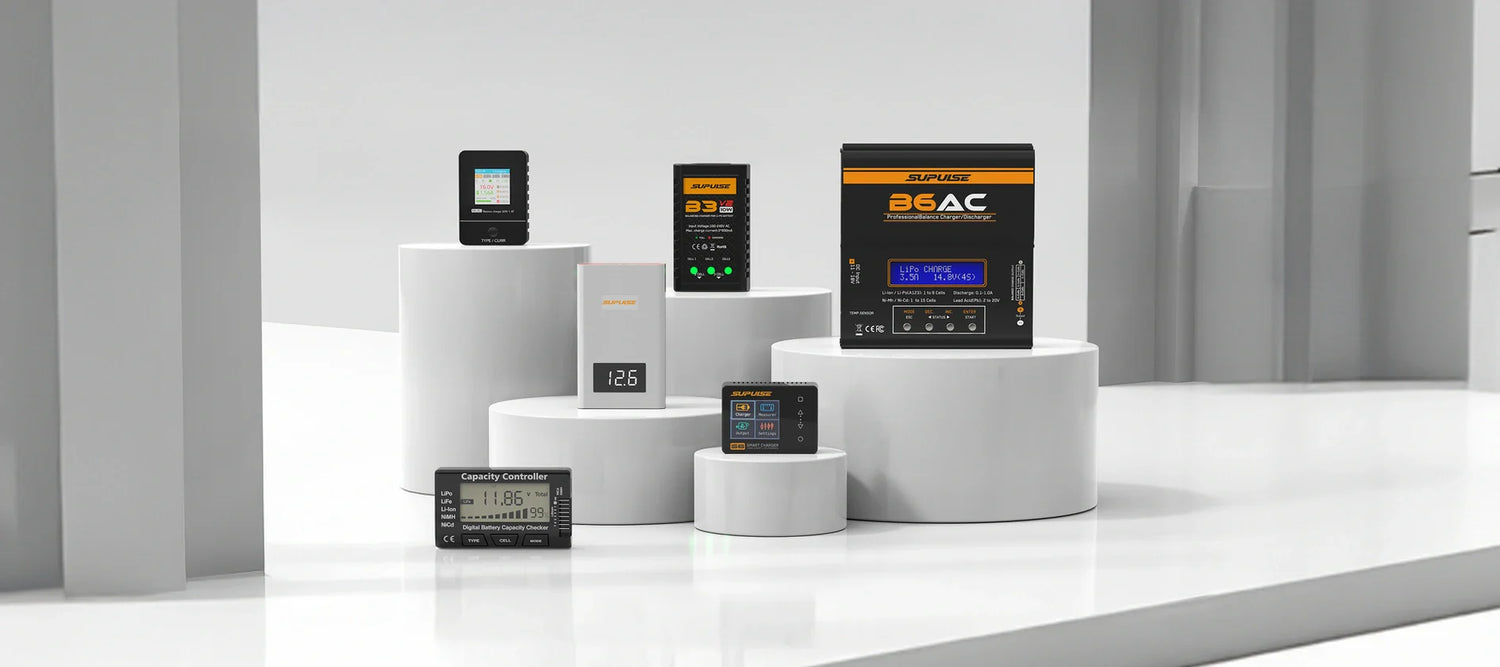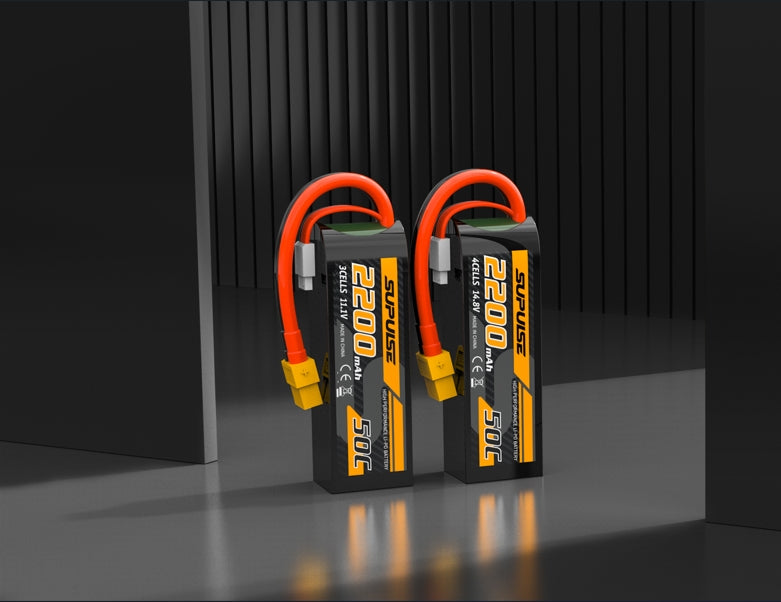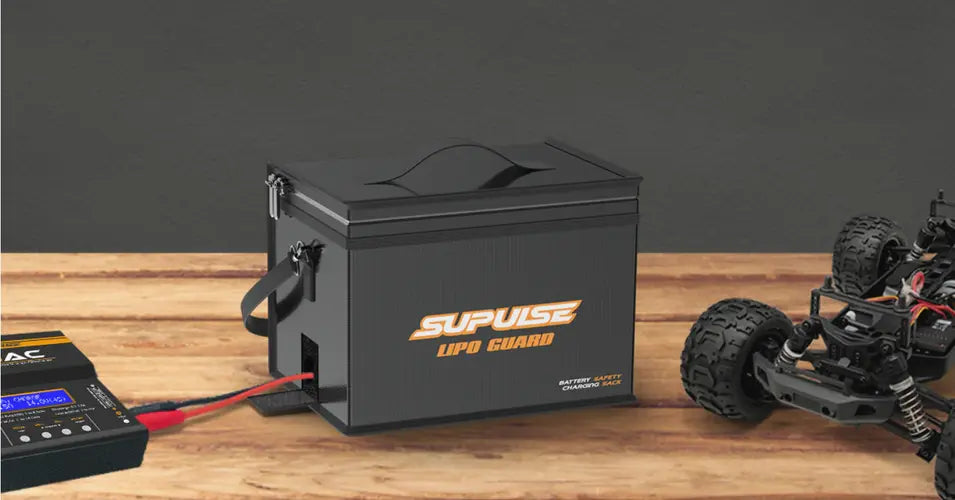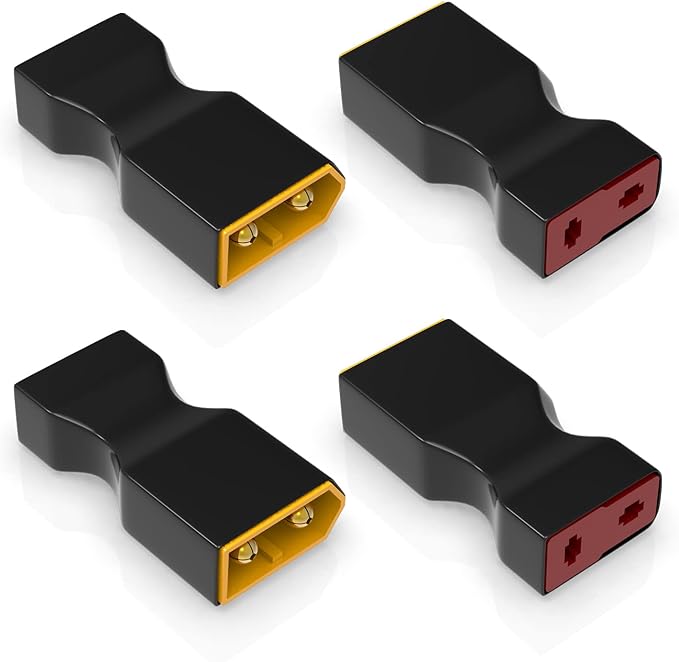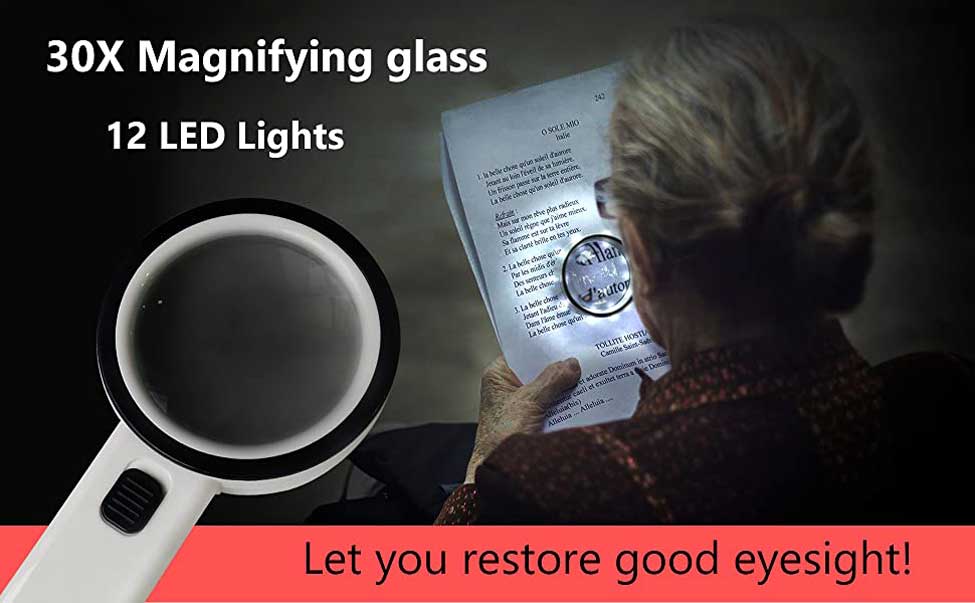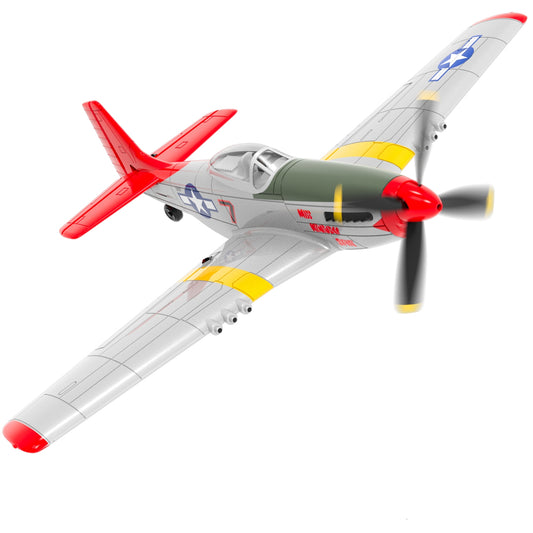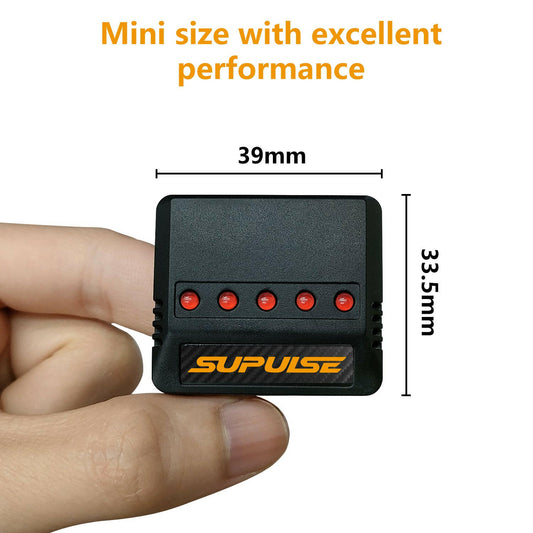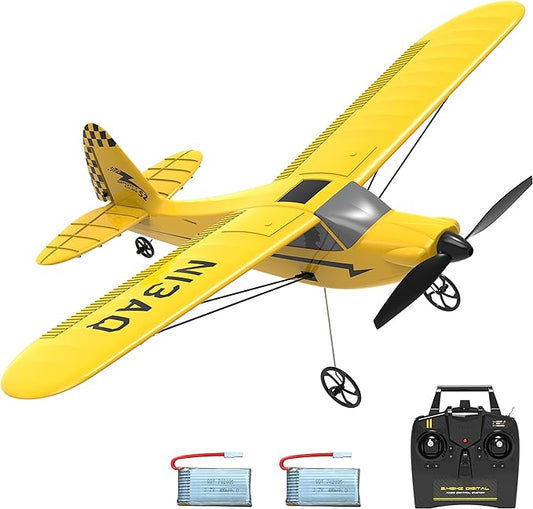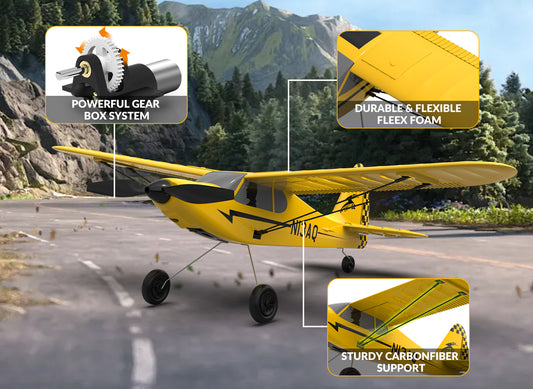Introduction
This article explains the process of selecting a motor for an RC boat. You begin by evaluating the hull size and type, which guides the motor diameter.
Next, consider the battery voltage from the number of LiPo cells to determine the KV rating for the target RPM range. Calculate the expected RPM using the formula RPM = KV × battery voltage, with 3.9V per cell under load.
Factor in the propeller size and pitch to balance speed and torque. Choose between brushed and brushless motors, with brushless preferred for higher performance. Ensure compatibility with the ESC for current and voltage handling.
The guide covers basics like motor types, an overall process, detailed steps, and emphasis on key calculations. By following these steps, you select a motor that matches the boat's requirements for smooth operation.
Basics of Choosing an RC Boat Motor
RC boat motors come in brushed and brushless types. Brushed motors use physical contacts for power transfer, while brushless motors rely on electronic commutation for efficiency. Brushless options dominate for their power and longevity. Motor size refers to diameter and length, like 36mm by 50mm. KV measures revolutions per minute per volt. Higher KV yields more speed but less torque. Lower KV provides torque for larger props. Batteries supply voltage through LiPo cells, typically 2 to 12 cells. Each cell delivers about 3.7V nominal, but use 3.9V under load for calculations. Props interact with the motor to propel the boat. ESC controls speed and direction.
The overall process involves matching motor specs to hull, battery, and prop. You evaluate hull size first. Then pick battery cells based on space and power needs. Calculate target RPM, usually 20,000 to 40,000. Select KV so RPM = KV × voltage falls in that range. Choose motor diameter: 28-29mm for hulls up to 600mm, 36mm up to 800mm, 40mm up to 1200mm. Test compatibility with ESC rated for the motor's amps and volts. Adjust prop size—larger for torque, smaller for speed—to fine-tune.
Deeper Dive into Each Step
Assess the hull. Measure length and note type, such as mono for stability or hydro for speed. For a 55cm to 86cm hull, a 36mm diameter motor fits. Larger hulls over 102cm need 42mm or more. Weight affects power needs; heavier boats require stronger motors.
Determine battery setup. Count cells based on available space. A 4-cell LiPo gives 14.8V nominal. Under load, multiply cells by 3.9V for accurate voltage. Higher cells mean lower KV to keep RPM safe.
Calculate RPM requirements. Aim for 30,000 RPM as a standard. For a 36mm motor, stay under 45,000 RPM. Use the formula: RPM = KV × (cells × 3.9). For example, with 6 cells (23.4V) and 1650 KV, RPM equals 38,610.
Select KV rating. Match to cell count: 1350-2365 KV for 4 cells, 900-1575 KV for 6 cells. Mono hulls favor lower KV with big props. Outriggers use higher KV with small props. Quality motors handle higher KV without overheating.
Choose motor type and size. Opt for brushless for efficiency. Diameter guides power: 28mm for small hulls, 58mm for large. Length adds torque; longer cans suit heavier loads.
Factor in propeller. Pitch and diameter load the motor. High pitch increases speed but demands more power. Test combinations to avoid excess heat.
Pick compatible ESC. Rate it above the motor's max amps. For a 100A motor, choose 120A ESC. Ensure voltage rating covers the battery.
Emphasizing Critical Steps
Calculate RPM precisely with RPM = KV × voltage to prevent motor damage. Always use 3.9V per cell for realistic estimates. Match diameter to hull length: under 600mm uses 28-29mm, avoiding undersized motors that strain. Verify KV ranges per cell count, like 675-1185 for 8 cells, to balance speed and torque. Test prop-motor pairing, as mismatched sizes cause inefficiency.
Conclusion
Apply these selections to your RC boat build. Experiment with setups in controlled conditions to refine choices. This approach delivers consistent results for various hull types and performance goals.


